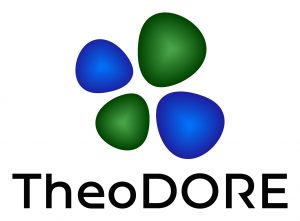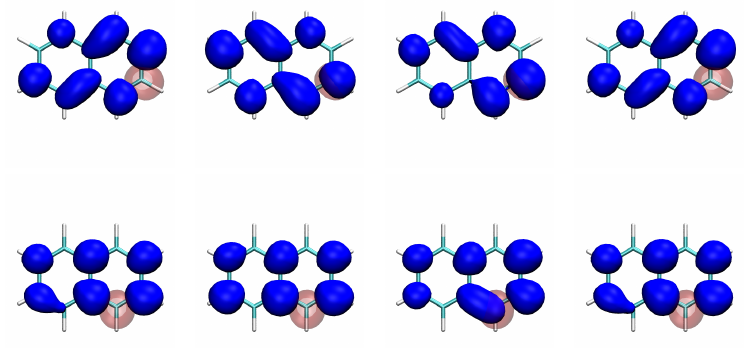A new release of Columbus (version 7.0.1) is available. The main improvement compared to previous releases is that the binary distribution now contains a pre-compiled parallel CI executable as well as an interface to Molcas.
- The parallel CI executable is linked against the Intel MPI libraries, which should be available on most computing centres and can otherwise be downloaded freely from Intel.
- The Molcas interface proceeds via the free Molcas@UU distribution.
Note: At the moment, there is no interface to OpenMolcas available in the distribution.
Source and binaries as well as more detailed instructions are available via the usual download page (register here). Let me know about any successes or problems regarding these features.


